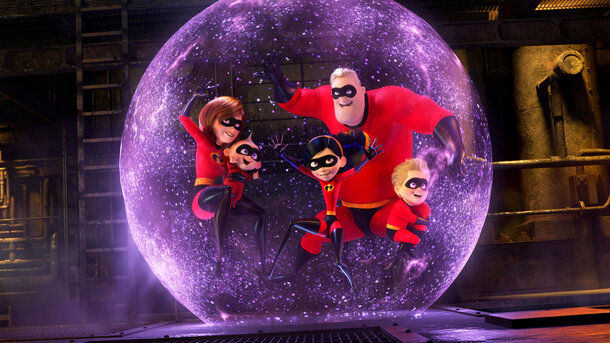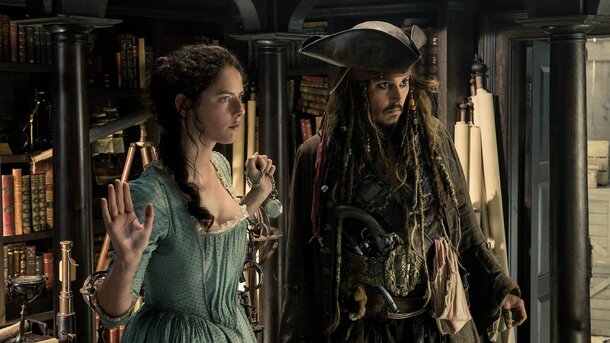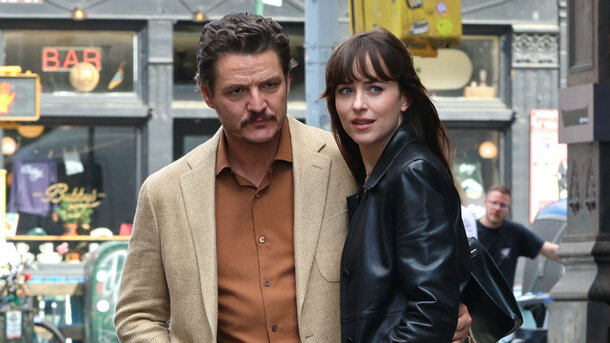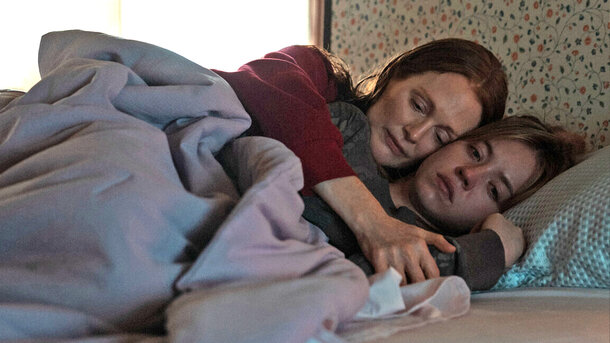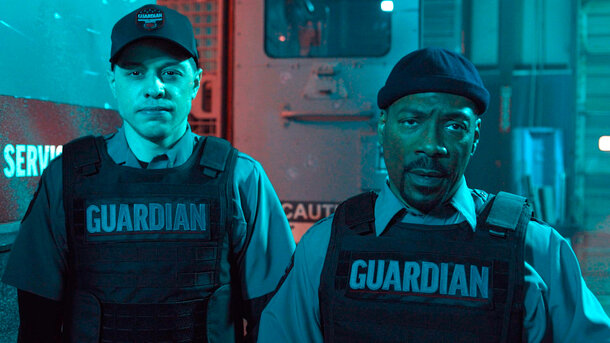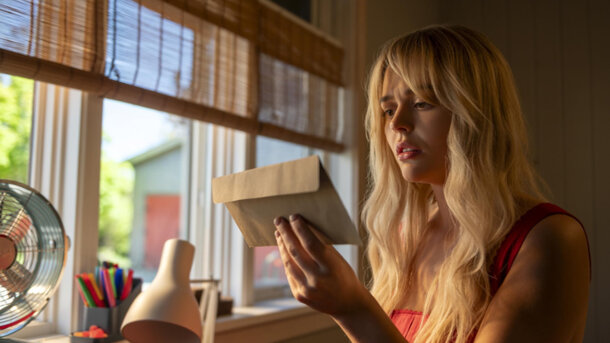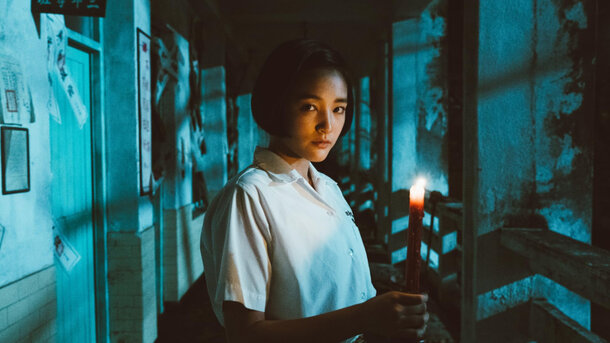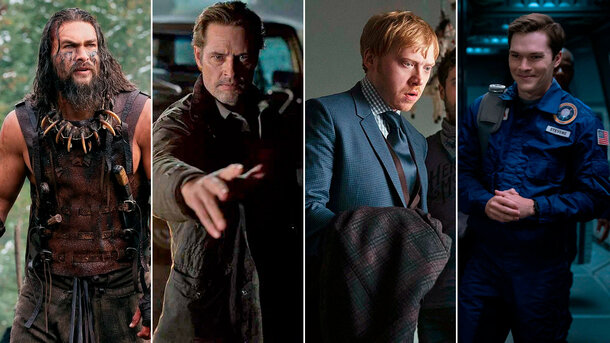I sat down to watch The Girl with the Needle expecting a dark period drama, but I wasn’t prepared for the emotional gut punch it delivered. The film grips audience from the first frame, pulling into the bleak streets of post-World War I Copenhagen, where desperation and deception go hand in hand. By the time the credits rolled, I found myself staring at the screen, shaken and haunted by its unflinching portrayal of survival at any cost.
Plot Overview
The story follows Karoline, played by Vic Carmen Sonne, a factory worker struggling to navigate a world that has left women like her behind. With her husband presumed dead and a baby on the way, she finds herself in the hands of Dagmar (Trine Dyrholm), a woman who claims to find homes for unwanted children. But what starts as a glimmer of hope soon spirals into something far more sinister. As Karoline is pulled deeper into Dagmar’s world, she must face impossible choices that test her very humanity.
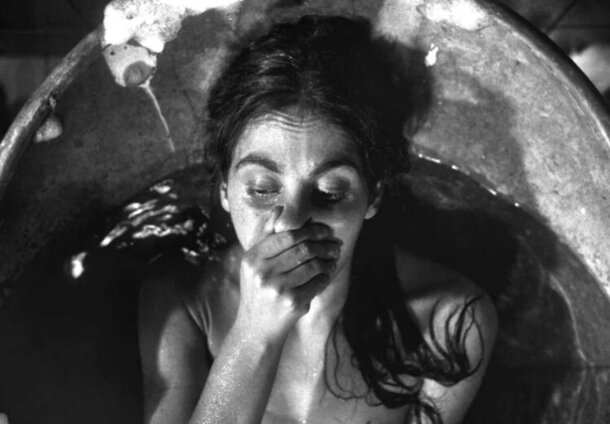
Director’s Vision
Magnus von Horn doesn’t just direct this film — he immerses us in its chilling reality. Every shot feels intentional, from the dimly lit alleyways to the suffocating interiors that mirror Karoline’s growing entrapment. Von Horn’s decision to use stark black-and-white cinematography is brilliant, stripping away any romanticism from the era and emphasizing the harshness of Karoline’s world.
Performances
Vic Carmen Sonne delivers an extraordinary performance, balancing fragility and resilience as Karoline. Her journey is heart-wrenching, and Sonne’s ability to convey raw emotion with just a glance is mesmerizing. Trine Dyrholm, as the enigmatic and deeply unsettling Dagmar, is equally unforgettable. She brings a chilling duality to the role — at times maternal and kind, yet utterly ruthless beneath the surface. The supporting cast, including Besir Zeciri as Peter and Joachim Fjelstrup as Jørgen, add further depth to this haunting tale.
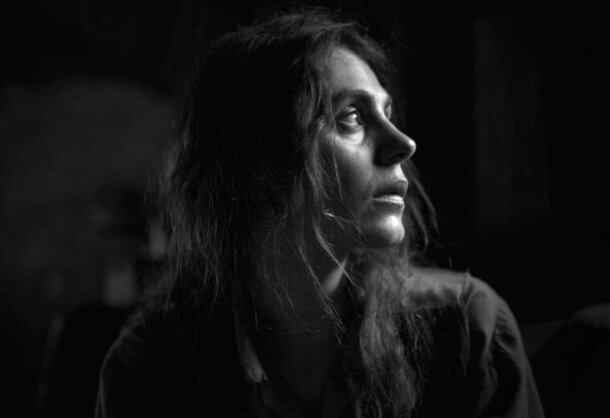
Cinematography and Sound
Michał Dymek’s cinematography is a masterclass in visual storytelling. The interplay of shadows and light enhances the film’s sense of dread, while the close-up shots intensify the emotional weight of Karoline’s predicament. Frederikke Hoffmeier’s eerie score lingers long after the film ends, its dissonant tones amplifying the psychological torment woven throughout the story.
Themes and Symbolism
At its core, The Girl with the Needle is a brutal exploration of power, desperation, and survival. It lays bare the cruel reality of a society that abandoned its most vulnerable in the aftermath of war. The film doesn’t offer easy answers — only difficult truths about what people are willing to do when all other options are stripped away.
Final Verdict
The Girl with the Needle is not just a film; it’s an experience. It leaves you disturbed, contemplative, and utterly captivated. If you’re looking for something lighthearted, stay far away. But if you’re ready to confront a gripping, thought-provoking narrative that lingers in your mind long after the credits roll, this is one you won’t want to miss.
Factual Details
IMDb Rating: 7.5/10
Awards & Nominations:
- Denmark’s official submission for Best International Feature Film at the 97th Academy Awards (2025).
- Winner of the European Film Award for European Production Designer (Jagna Dobesz) and European Composer (Frederikke Hoffmeier).
- Nominated for Best Motion Picture, Non-English Language at the 2025 Golden Globe Awards.
Budget & Production:
While the exact budget remains undisclosed, the film’s impeccable production design and historical accuracy reflect a significant investment. A collaboration between Nordisk Film Denmark and Lava Films (Poland), it successfully brings one of Denmark’s darkest historical chapters to life.


